Analysis of the formation-aging process of AG3 battery
The production and manufacturing of lithium-ion batteries is a process that is closely linked by process steps. Generally speaking, the production of AG3 battery includes the pole piece manufacturing process, the battery assembly process, and the final injection, sealing, formation, and aging processes. In the three-stage process, each process can be divided into several key processes, and each step will have a great impact on the final performance of the battery.
In the pole piece manufacturing process stage, it can be subdivided into five processes: slurry preparation, slurry coating, pole piece rolling, pole piece slitting, and pole piece drying. In the battery assembly process, it can be roughly divided into winding, shelling, welding and other processes according to the different battery specifications and models. The injection process after assembly includes injection and sealing. Finally, there are three steps of battery formation, aging, and capacity separation. After the battery is manufactured, the battery needs to be pre-activated and stabilized for the first time, which is the final formation-aging-capacity separation process.
1. Formation
The concept of pre-formation is to charge and discharge the manufactured lithium-ion battery with a small current. After the lithium battery is made, it needs to be charged and discharged with a small current. There are two main purposes of pre-charging:
1. After the battery is made, the electrode material is not in the best applicable state, or the physical properties are not suitable (for example, the particles are too large, the contact is not tight, etc.), or the physical phase itself is not right (for example, some metal oxide negative electrodes with alloy mechanisms), and it needs to be activated by the first charge and discharge.
2. During the first charging of the lithium battery, Li+ is released from the positive electrode active material, and after passing through the electrolyte-diaphragm-electrolyte, it is embedded in the negative electrode graphite material layer. In this process, electrons migrate from the positive electrode to the negative electrode along the peripheral circuit. At this time, due to the low potential of lithium ions embedded in the graphite negative electrode, the electrons will first react with the electrolyte to generate SEI film and some gas.
In this process, some gas will be generated and accompanied by the consumption of a small amount of electrolyte. Some battery manufacturers will perform battery exhaust and refilling operations after this process. Especially for LTO batteries, a large amount of gas will be generated, causing the battery bulge thickness to exceed 10%. For graphite negative electrodes, the gas production is small and it is unnecessary to perform exhaust operations. This is because the SEI film produced during the first charging process hinders the further reaction of electrons and electrolytes, and no gas is produced. This is the source of the irreversible capacity of graphite system batteries. Although it causes irreversible capacity loss, it also makes the battery stable.
2. Aging
Aging generally refers to the placement of the battery after the first charging and formation after the battery is assembled and filled. It can be aging at room temperature or high temperature. Both of them make the properties and composition of the SEI film formed after the initial charging and formation more stable, ensuring the stability of the battery's electrochemical performance. There are three main purposes of aging:
1. After the battery undergoes the pre-forming process, a certain amount of SEI film will be formed on the graphite negative electrode inside the battery, but this film has a tight structure and small pores. Aging the battery at high temperature will help the SEI structure to reorganize and form a loose and porous film.
2. After the formation, the voltage of the battery is in an unstable stage, and its voltage is slightly higher than the real voltage. The purpose of aging is to make its voltage more accurate and stable.
3. Placing the battery at high or normal temperature for a period of time can ensure that the electrolyte can fully infiltrate the electrode, which is conducive to the stability of battery performance.
The battery formation-aging process is essential. In actual production, the battery charging and discharging process is selected according to the battery material system and structural system, but the battery formation must be charged and discharged under low current conditions. After these two key processes, the stabilized battery is divided into different capacities, and it can be shipped after packaging and other processes.
Read recommendations:
Wireless bluetooth headphones
12V 20Ah low temperature charge discharge special equipment lithium iron phosphate battery
Safety Performance of Shaped Batteries
li ion 18650 battery pack Product
4LR44 battery
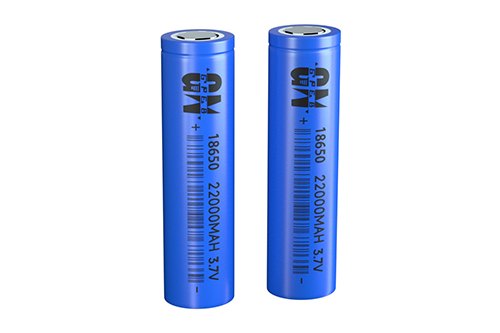
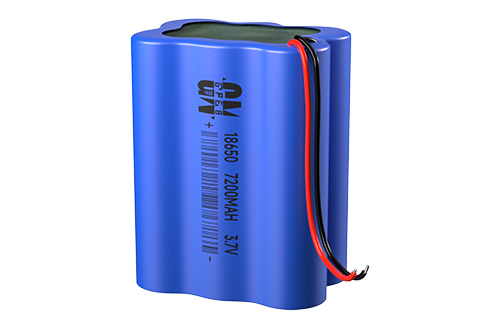

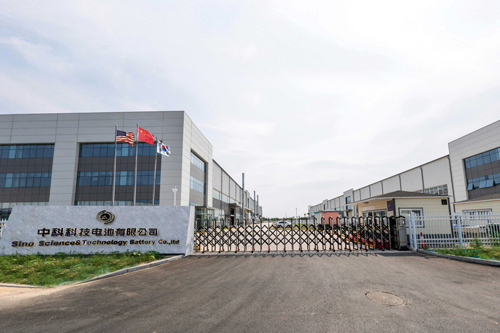

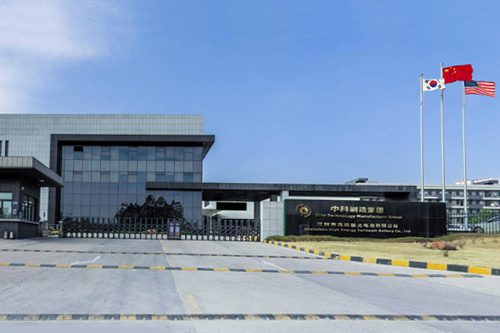

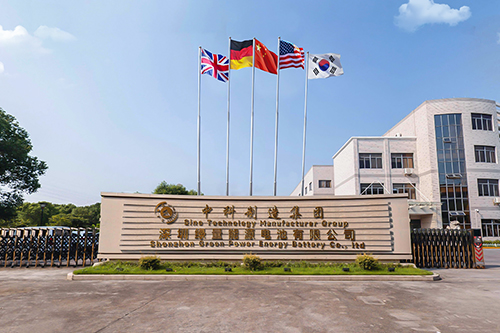

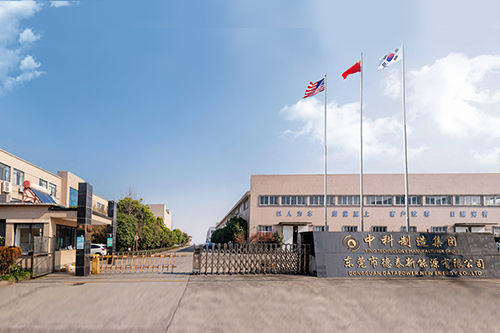

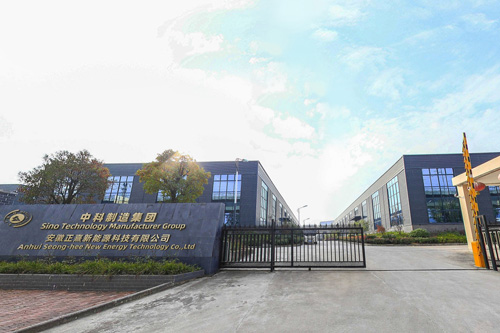

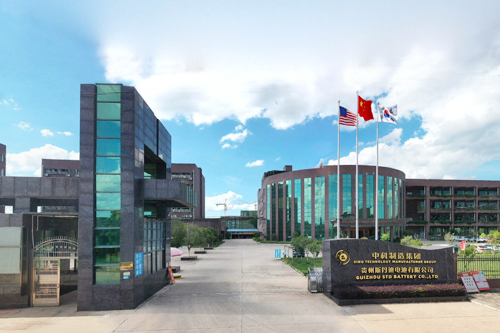

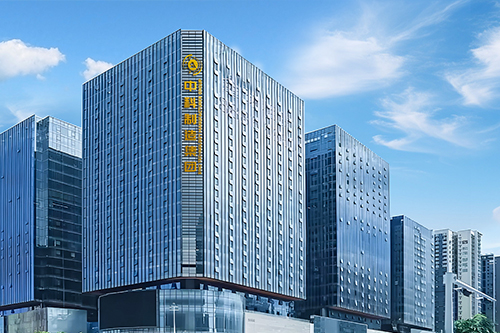




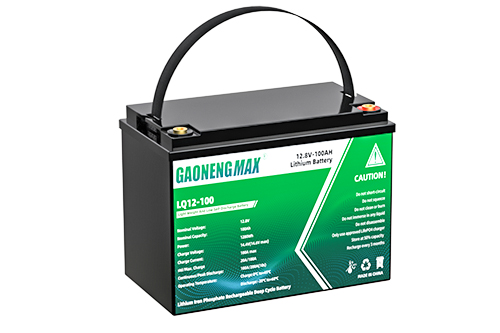
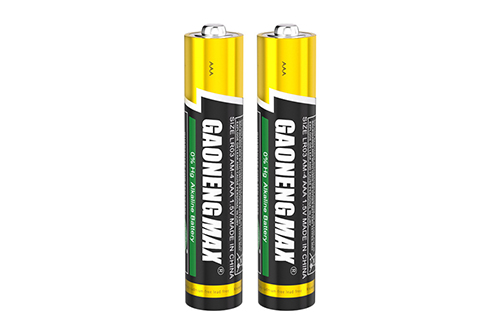

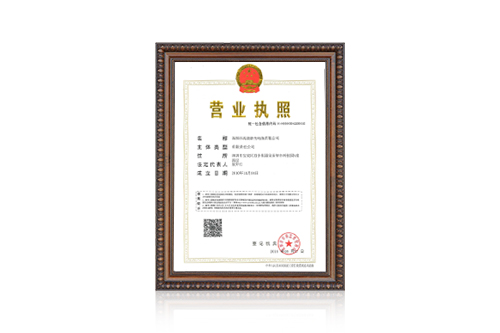
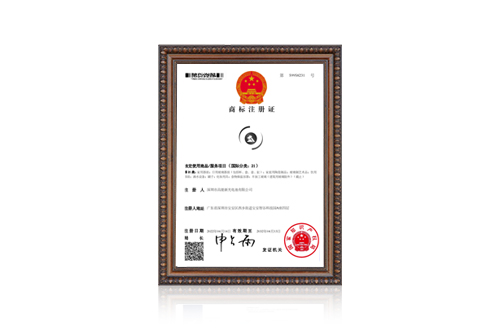
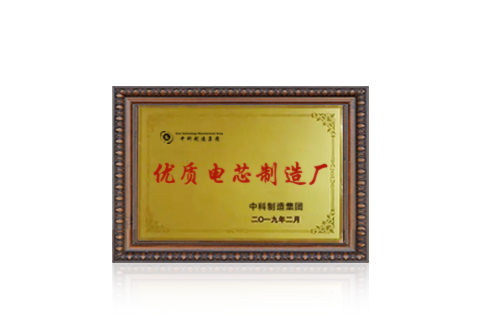
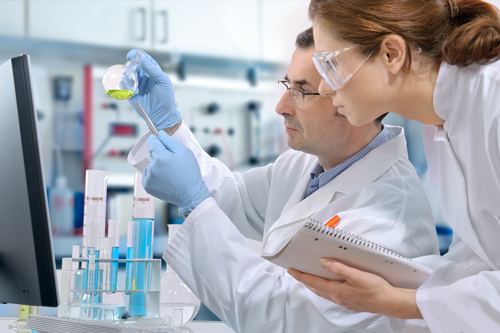
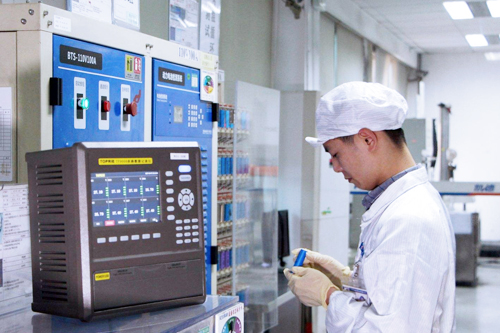















 360° FACTORY VR TOUR
360° FACTORY VR TOUR
 Whatsapp
Whatsapp
 Tel
Tel Email
Email TOP
TOP